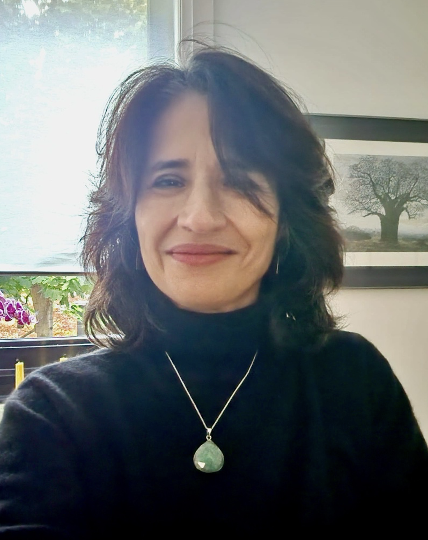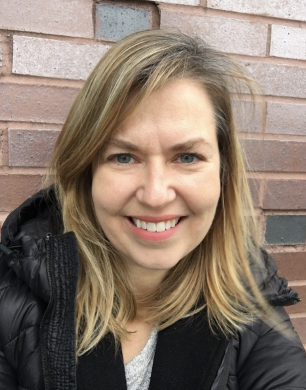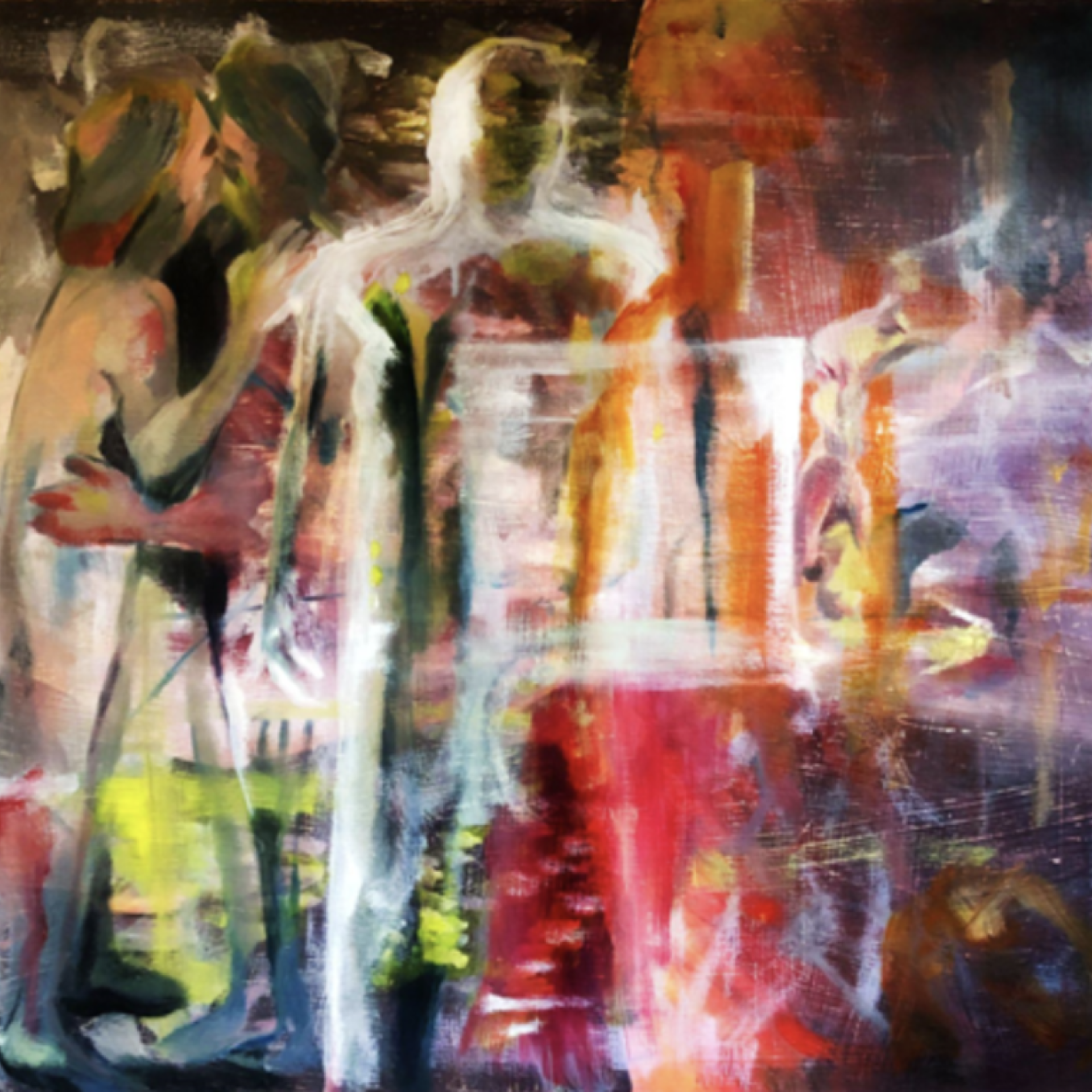In this fifth issue, a vibrant cacophony erupts from multiple directions, fuelled by impatience. Sounds of laughter, labour, persistent grief, love, and longing for change converge. Resistance—whether against occupation, colonialism, environmental degradation, or social oppression– lives in impatience. We invite readers to consider the productive affects of defiance that refuse land dispossession, occupation, and imposed colonial logics.
This issue weaves together the quiet resilience of nature and the vibrant expressions of marginalized voices, balancing patience and impatience in the face of enduring struggles. A palpable urgency permeates this collection; the works creatively highlight persistent injustices and confront violence through art, memory, and storytelling. The authors of impatience invite readers to transform knowledge into a catalyst for collective action.
Spanning disciplines from environmental studies to creative writing, history, economics, drawing, and illustration, these essays, sketched zines, and visual poetry showcase sensitivity and nuance. The variety of literary forms included in the collection demonstrate the interdependence of time and space, encouraging us to move between conceptualizing futures, and materializing change through creative practice. Voices extend beyond the boundaries of literary form, expressing a desire to bridge imagination and praxis, in the now.
What is a map? The image you’ve called to mind in response to this question probably looks something like an abstract representation that adopts an aerial, distanced perspective to convey knowledge about a specific location. For centuries, maps like this have been used to master nature, to express dominance and take ownership of land. Inspired by Indigenous thinkers like Billy Ray Belcourt and Robyn Wall Kimmerer, Guadalupe Koen-Alonso encourages their readers to think about mapping beyond this colonial practice. Through a series of embodied and experiential exercises, they challenge us to consider how mapping might instead be a way to establish and reflect upon our relation to the lands we move through. Knowledge is no longer a tool of dominance; it is instead the medium through which we stand in good relations with the land.
In “The Infinite Nature of Resistance” Maha Jahangir tells the story of war and occupation from the perspective of the trees. The trees are witnesses to and victims of the violence meted out by the “two-leggeds” against “the inhabitants,” but no bombs can eradicate their root stalks. With infinite powers of resistance, the earth sends out new shoots through the rubble, standing like a tribute to those who once tended to the trees so carefully—those whose lives have been taken. “The inhabitants” tend to these tender shoots. Nourished by blood, the trees grow strong, converting death and devastation into new life.
In “Adam, Spock, and Eve”, Martin Puddephatt revisits the 1966 Star Tek episode, “The Apple” using Ursula Le Guin’s critical framework for understanding American Sci-Fi as a method to categorize difference. Whether a sexual, social, cultural, or racial alien, Puddephatt brings attention to how the idea of “alien” is wrapped up in colonial tropes of conquering and saving those deemed culturally different. Revisiting this episode nearly 60 years later serves as a stark reminder that the colonial logics of conquest, dispossession and forced assimilation continue to underpin contemporary wars, genocides, and humanitarian crises.
In ‘Thought Bricolage: Accessing the Posthuman Through Figuration,’ Mason Smart explores how posthumanism can redefine "human" to promote equity and challenge societal norms. He argues that current definitions of humanity reinforce exclusion, while posthumanism offers more empathetic understandings of both human and non-human entities. Using "figuration" as a tool for inquiry, Smart questions its objectivity, underscoring the dangers of personal bias. Through transsexuality, the text examines how material and relational changes challenge fixed biological boundaries, advocating for a posthumanist approach that fosters more interconnected and equitable futures.
The term "poltergeist," typically associated with restless spirits causing disturbances, metaphorically represents the disruptive yet persistent nature of our bodies. Just as a poltergeist unsettles a space, the body is in constant flux, disturbed by love and loss, yet continually striving for wholeness. ‘Perfect Poltergeist’ by Minh Luong examines the body's relationship with love and self-discovery. His zine portrays the body as constantly evolving, shaped not only by the maternal gaze but also through a lifelong journey to fully inhabit one's flesh. Love is depicted as a force that both fills and ruptures this body, creating wounds that open us up to connection but also leave us vulnerable. These ruptures are seen as necessary in a world that imposes impermeable barriers on queer bodies, especially under colonial and capitalist systems, suggesting that resilience through heartbreak is rooted in an ancestral endurance.
Drawing on Judith Butler’s notion of “grievable lives,” and asking hard and important questions about which deaths are mourned in the Western world, and which are ignored, Mariam Habib has written a powerful suite of poems about the ongoing genocide in Gaza. Habib’s poems give voice to the victims of the genocide, those who live in Gaza, and members of the Palestinian diaspora. In “The Palestinian Journalist,” Habib conjures a speaker who has witnessed the unthinkable: “i’ve seen a father carrying shopping bags, / what is that i see? / a dusty hand sticking out of one / ‘this is all that’s left of them, people / come and see.’” We too witness this suffering through the eyes of Habib’s speaker and are forced to grapple with the question: now that we are witnesses too will we look away, or will we act?
January Paige’s playful poem captures something both intimate and universal: the idiosyncrasies of human laughter. Paige’s speaker describes the nuances of her parents’ laughter in delightful detail: “My mother’s laughter is sweet and high, a roller coaster at a fair”; “[My father] chokes on his laughter... People ask him if he’s okay.” The laughter itself dances across the page, from margin to margin, font sizes changing as the laughter grows larger. The laughter lives at the intersection of the concrete and onomatopoeic, a dizzying “roller coaster at the fair,” rolling between form and content. And we, as readers, are thrilled to be along for the ride.
In the short graphic narrative “body in a puddle,” Hannah Kryworuchko presents a body rushing towards joy, a body willing itself to disappear, a body in trouble. A surprisingly expressive stick-figure drapes itself across each panel and tells its story. As this body moves through feelings of joy, discomfort and grief, water is a constant presence and comfort. The style of the drawing and lettering gives us the impression of hastiness, of a will to let everything out all at once, but the composition communicates this impulsivity by design; it creates an environment of intimacy between reader and text that amplifies the moving and confessional aspects of the piece.
Kay Alexia Rangel Vargas traces Grupo Suma’s surfacing of an image of La Niña—a newspaper photo of the girl— as an act of resistance against disappearance and forgotten memory. The artist collective set the outline of La Niña’s blurred and photocopied image throughout Mexico City, thus pointing to the tragic deaths of thousands of student protestors whose photocopied images disappeared in secret government archives. These techniques, Vargas asserts, were artistic practices that “forced presence”. Grupo Suma’s work is situated within the historical context of October 2, 1968, and the tenth anniversary of the authoritarian government’s violent retaliations against student protestors. Vargas celebrates Grupo Suma’s street art and activism, while also countering the erasure of the group’s work from a significant place in the history of contemporary Mexican art.
In “The Ragpickers Imprint”, Sabrina Ly focuses attention on the role of the ragpicker in the 12th- to 19th- century papermaking industry in Western Europe. As undervalued labourers, ragpickers were also moralized as deplorable. Ly inverts this narrative by illustrating the essentiality of the ragpicker and their contributions to the printing industry. As an example of how ragpickers directly led to the success of print culture, Ly describes the ragpickers’ capacity to source a diverse range of printing materials from high quality linen rags to scraps of canvas or hemp. Ly argues that their resourcefulness, knowledge, efficiency and hard work are overlooked contributions to the success of Western European print culture. As a further testament to their value, Ly supports the text with printed images of ragpickers from different periods including an 18th-century treatise on the paper industry and a portrait by Manet. These representations provide a visual record of the ragpicker and their meaningful and impactful labour.
Editorial Committee for The Arts & Science Review

Ross Bullen
Ross Bullen teaches classes in American literature, writing, children’s literature, and science fiction at OCAD University. Since 2015, he has been the course coordinator for “The Essay and the Argument,” OCAD U's first-year English and writing class. His work has been published in American Literature, the Canadian Review of American Studies, English Studies in Canada, the Journal of American Studies, and The Public Domain Review. He also regularly contributes short humour pieces to McSweeney's Internet Tendency.

Kathy Kiloh
Dr. Kathy Kiloh teaches Humanities courses with an emphasis on philosophy and critical theory at OCAD University. Some of these classes include Uncanny Animals, Aesthetics, and The Philosophy of Love and Sex. Her research focuses on Frankfurt School Critical Theory and the ways in which it intersects with other critical discourses. She specializes in the philosophy of Theodor Adorno and is currently writing a book about how love appears in his work.

Maria Belén Ordóñez
Dr. Maria Belén Ordóñez’ research includes ethnographically tracking affects in Canadian legislative challenges dealing with sex, sexuality, censorship, and morality. Ordóñez uses feminist/queer and multi-sited approaches to write about the emergence and impacts of public events related to sexuality and intimacy. Her current research explores anti-oedipal readings of parent-child relationships in legal, cultural, and cinematic forms. She teaches feminist and queer theories, multi-sited and experimental ethnography, alongside alter-pedagogies that intersect art, embodiment, and accessibility.

Barbara Rauch
Dr. Barbara Rauch is an Associate Professor at OCAD University where she is also the co-director of the Data Materialization Studio Lab involved in researching advanced technologies in 3D printing/sculpting and data analysis. At the Lab, they foster discourse around the topics of affect, emotion and feeling in art, craft and design practices. A recent SEED SSHRC grant about models as sustainable practices and speculative critical posthumanist theories has investigated models becoming a way of pointing to decolonial and ethical futures.

Lori Riva
Lori Riva’s research activities, includes co-piloting a study, “Caring Futures in Canadian Art and Design Education” in which participants codesign a fictional future university organized with care as its central tenet. She is also co-developing PLaiSHOP, a toolkit that uses play to engage art and design educators in conversations about Generative AI and critical AI literacy. Lori’s research stems from her aspiration to motivate her students to think, act and make with care.
Cover photo: Luong, Minh. the world’s biggest unfurnished home, 2024. Oil on Wood. 24 in. x 36 in.
